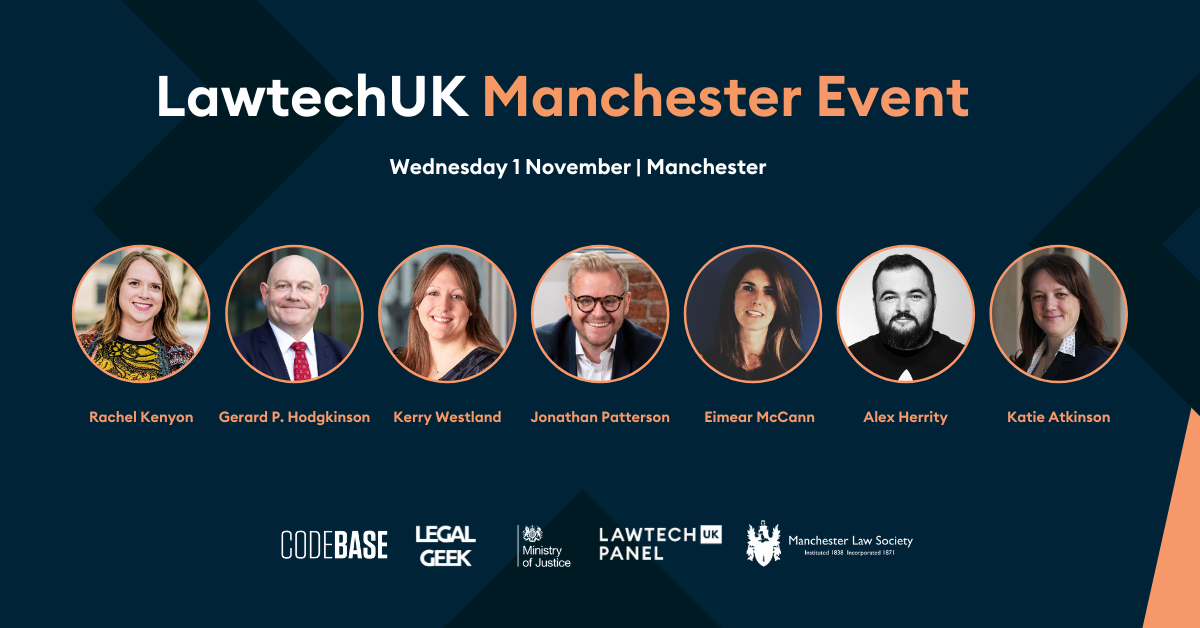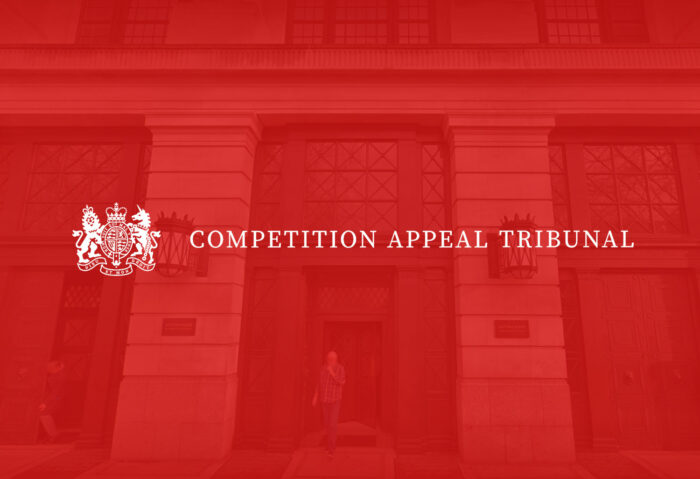The Silicon Valley Arbitration and Mediation Center is working towards publishing Guidelines on the use of AI in international arbitration. George Agnew provides an overview below.
Generative AI continues to gain traction in the legal industry, including in arbitration.
Despite the numerous benefits of arbitration software and AI, the rise of artificial intelligence brings with it challenges in addition to opportunities, which is why the Silicon Valley Arbitration and Mediation Center is planning to publish guidelines on the use of AI in international arbitration.
The guidelines seek to establish a set of general principles for the use of AI in arbitration, and are intended to guide rather than dictate. They do not intend to replace or override local AI laws of regulations.
An overview of the SVAMC Guidelines
The SVAMC Guideline are split into three chapters:
1) Guidelines applicable to all participants in international arbitration
2) Guidelines for parties and party representatives
3) Guidelines for arbitrators
Chapter 1: Guidelines applicable to all participants in international arbitration
Guideline 1: Understanding the uses, limitations and risks of AI applications
The AI tool’s terms of use and data handling policies need to be reviewed by participants in order to understand if the tool’s data treatment is consistent with applicable confidentiality, privacy or data security obligations.
Participants should make reasonable efforts to understand the functionality, limitations and risks of the AI tools used in preparation for or during the course of an arbitration proceeding. This includes the following:
- “Black-box” problem: Text produced by Generative AI is a product of complex probabilistic calculations rather than intelligible “reasoning”. AI lacks ability to explain their own algorithms. Where possible, participants should therefore use AI tools and applications that allow them to understand how a particular output was generated (“Explainable AI”).
- AI tools may not be well-suited for tasks requiring specialised knowledge or case-specific information unless they are fine-tuned or provided with more relevant data.
- Errors or “hallucinations”: This will occur when AI lacks information to provide an accurate response to a particular query. Errors can be reduced through “prompt engineering” and “retrieval-augmented generation”.
- Augmentation of biases: Biases may occur when the underrepresentation of certain groups of individuals is carried over to the training data used by the AI tool to make selections or assessments. Participants are urged to exercise extreme caution when using AI tools for this purpose.
Compliant: Using AI to conduct research on potential arbitrators or experts for a case
Non-Compliant: Using it to select arbitrators or experts for a case without human input
Guideline 2: Safeguarding confidentiality
Need to ensure use of AI tools is consistent with obligations to safeguard confidential information. Confidential information should not be submitted to any AI tools without appropriate vetting and authorisation.
Participants should review the date use and retention policies offered by the relevant AI tools.
Compliant: Using AI for routine non-confidential tasks e.g., meeting scheduling or to research/summarise legal authorities in a third-party database.
Non-compliant: Submitting confidential information to a third-party AI tool as described above.
Guideline 3: Disclosure and protection of records
Some uses of AI by parties, experts, and arbitrators may be uncontroversial and would not ordinarily warrant disclosure. There are certain circumstances where disclosing the use of AI tools may be warranted to preserve the integrity of the proceedings or the evidence.
A party seeking disclosure from another party should explain both why it believes that an AI tool was relied upon in the proceedings and how it would materially impact the proceedings and/or their outcome.
It is ultimately up to the parties and/or tribunal to specify the level of disclosure they want to institute for the proceedings.
Compliant: Using AI to generate document summaries for internal use or to identify and select the documents relevant and responsive to document production requests.
Non-compliant: Using AI to calculate damages without disclosing it. For an arbitrator to use AI to compare persuasiveness of parties’ submissions without disclosing it.
Chapter 2: Guidelines for parties and party representatives
Guideline 4: Duty of competence or diligence in the use of AI
Parties and party representatives on record shall be deemed responsible for any uncorrected errors or inaccuracies in any output produced by an AI tool they use in an arbitration.
Compliant: Using AI to assist with drafting language for pleadings/written submissions or to assist in preparation for cross-examination or find inconsistencies in witness statements.
Guideline 5: Respect for the integrity of the proceedings and the evidence
Parties, party representatives, and experts shall not use any form of AI to falsify evidence, compromise the authenticity of evidence or otherwise mislead the arbitral tribunal and/or opposing party or parties.
Advancements in Generative AI and deep fakes can heighten the risks of manipulated or false evidence and can make it more costly or difficult to detect any such manipulation through forensic and other means.
Compliant: Using AI to produce demonstratives where the accuracy of the representation can be challenged by the opposing party by accessing the referenced source data.
Chapter 3: Guidelines for arbitrators
Guideline 6: Non-delegation of decision-making responsibilities
An arbitrator shall not delegate any part of their personal mandate to any AI tool.
This Guideline does not forbid the use of AI tools by arbitrators as an aid to discharge their duty to personally analyse the facts, arguments, evidence and the law and issue a reasoned decision.
If an arbitrator used a Generative AI tool to assist in the analysis of the arguments or the drafting of a decision or award, the arbitrator cannot reproduce the AI’s output without making sure it adequately reflects the arbitrator’s personal and independent analysis of the issues and evidence at hand.
Compliant: Using AI to provide accurate summaries and citations to create a first draft of the procedural history of a case or generate timelines of key facts.
Guideline 7: Respect for due process
An arbitrator shall not rely on AI-generated information outside the record without making appropriate disclosure to the parties and allowing the parties to comment on it.
Where an AI tool cannot cite sources than can be independently verified, an arbitrator shall not assume that such sources exist or are characterised accurately by the AI tool.
Compliant: Using AI to distil or simplify technical concepts to come up with accurate and relevant questions for the hearing.
Non-compliant: Using AI to conduct independent research into substance of the dispute and base decision on such generated outputs without disclosing it to the parties.
Need further advice about the use of AI in arbitration?
Although there is much to consider when it comes to the use of AI in arbitration, there are numerous benefits to using AI tools and there is no denying that it will have an increasingly important role in the future.
TrialView’s arbitration software is leveraged by leading law firms and arbitrators for large scale international arbitrations. It is trusted by the ICC, IAC, and other leading arbitral bodies and venues, and can have a significant impact on efficiency.
The software enables you to manage documents, conduct remote hearings, integrate transcription, and present evidence – all within one centralised workspace, so you can work smarter, not harder.
If you’d like to unlock the power of AI technologies, learn more about the benefits of AI in arbitration or are interested in finding out more about arbitration software, you can book a tailored demo today.
Alternatively, contact our team to learn more, or read our case studies to see our AI tools in action and learn why we are the platform of choice for lawyers, counsels, judges, and arbitrators around the world.






